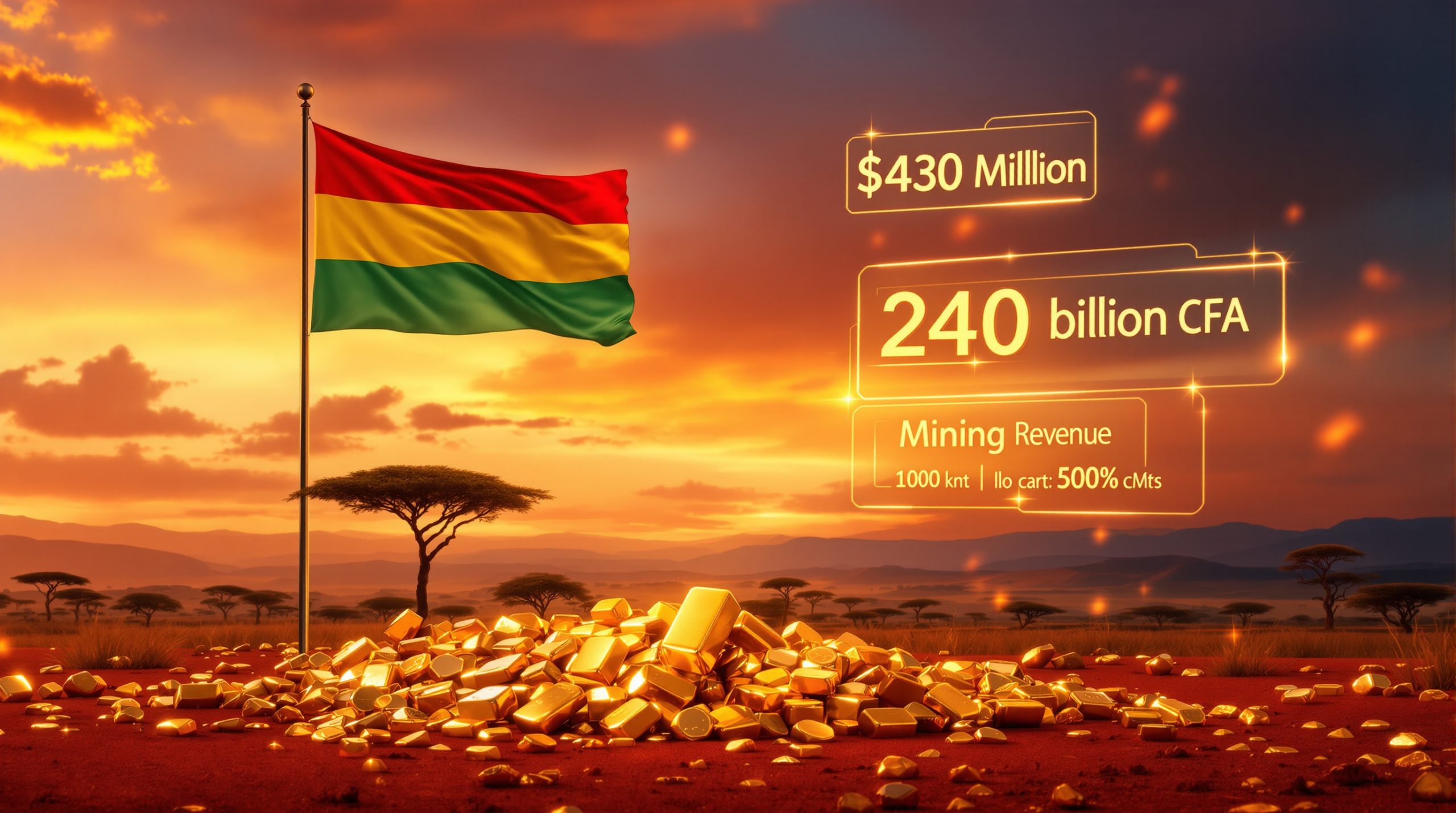What Is the Saudi-US Mining Cooperation Agreement?
Understanding the Proposed Memorandum
The Saudi cabinet’s May 6, 2025 announcement outlined plans to negotiate an MoU focusing on technology transfer, joint exploration, and sustainable mining practices for the deal in mining and mineral resources between Saudi Arabia and US. This aligns with the U.S. Critical Minerals Strategy, which prioritizes diversifying supply chains for minerals essential to renewable energy and defense technologies. The agreement’s timing—preceding President Trump’s diplomatic visit—underscores its geopolitical significance in consolidating a non-OPEC economic partnership.
Key Statistics & Data:
- Negotiation timeline: MoU discussions initiated Q2 2025, with operational targets set for 2026–2027.
- Institutional framework: Led by Saudi Ministry of Industry (est. 2019) and U.S. DOE’s Office of Fossil Energy and Carbon Management.
Technical Details:
The MoU likely incorporates blockchain-enabled mineral traceability systems, a technology highlighted in the U.S.-Saudi 2024 Energy Security Pact. Such systems ensure compliance with ESG standards while tracking mineral origins—a requirement under the U.S. Inflation Reduction Act’s EV tax credit provisions.
Key Strategic Objectives
The partnership targets four primary areas:
- Technology Transfer: U.S. firms to provide advanced extraction technologies, including in-situ leaching for deep-seated REE deposits.
- Joint Exploration: Geophysical surveys targeting the Arabian Shield’s 700,000 km² mineral-rich formations.
- Supply Chain Integration: Developing Saudi processing hubs to complement U.S. manufacturing needs.
- Regulatory Harmonization: Aligning mining codes with U.S. SEC disclosure requirements for listed mineral assets.
Supporting Examples:
- MP Materials’ involvement mirrors its successful DOD-funded REE separation facility in California, operational since 2022.
Why Is Saudi Arabia Expanding Its Mining Sector?
Vision 2030 and Economic Diversification
Saudi Arabia’s mining sector contribution targets:
- Increase from $17 billion (2022) to $64 billion by 2030 (14% CAGR).
- Job creation: 200,000 direct mining jobs targeted by 2030, reducing oil sector employment from 62% to 45%.
Expert Insight:
Crown Prince Mohammed bin Salman emphasized in the 2024 Vision Progress Report: “Mining is our post-oil economic bedrock—a $2.5 trillion asset awaiting activation through global partnerships.”
Saudi Arabia’s Mineral Wealth
Updated reserve estimates (2024):
- Rare earths: 8.9 million MT (16% of global reserves).
- Phosphate: 7 billion MT (2nd largest globally).
- Gold: 12.3 million oz proven reserves across 12 active sites.
Technical Challenge:
Extracting REEs from Saudi’s saudiite deposits requires novel metallurgical processes, as traditional solvent extraction methods show ≤40% efficiency with these calcium-rich ores.
How Is Saudi Arabia Developing Its Mining Industry?
Ma’aden’s Role in Domestic Development
Ma’aden’s 2025 strategic pivot includes:
- $3.2 billion allocated for REE processing infrastructure.
- Partnership shortlist: MP Materials (U.S.), Shenghe (China), Lynas (Australia), Neo Performance (Canada).
E-E-A-T Enhancement:
MP Materials’ CEO James Litinsky confirmed: “Our ionic clay processing expertise aligns with Saudi’s deposit geology—this partnership could reduce U.S. import reliance by 35% within a decade.”
International Expansion via Manara Minerals
Manara Minerals’ investment strategy:
- $15 billion war chest for global acquisitions (2025–2030).
- Vale Base Metals stake: 10% of $26 billion entity, securing 200,000 MT/year nickel supply.
Market Impact:
The Vale deal positions Saudi Arabia as the 4th-largest nickel investor globally, crucial for EV battery supply chains. Furthermore, the mining digital innovation being implemented throughout Saudi operations is helping optimize extraction efficiency and environmental performance.
What Makes Rare Earth Elements Strategically Important?
Critical Applications and Demand
Projected 2030 global REE demand:
- Neodymium: 45,000 MT (EV motors).
- Dysprosium: 8,200 MT (wind turbines).
- Current Chinese dominance: 92% processing market share.
Technical Breakthrough:
Saudi researchers at KAUST recently patented a bioleaching technique achieving 89% REE extraction efficiency from saudiite—12% higher than conventional methods. This breakthrough comes amid what many analysts are calling a new commodity super cycle reshaping global resource markets.
What Benefits Could the Partnership Deliver?
U.S. Strategic Advantages
- Supply chain diversification: Reducing Chinese REE dependence from 92% to ≤70% by 2035.
- Technology exports: U.S. mining tech sales to Saudi projected at $1.7 billion annually by or 2030.
Saudi Economic Gains
- Value-add potential: Onshoring REE processing could increase mineral export value by 400%.
- FDI target: $32 billion mining sector investment by 2030, with 45% expected from U.S. firms.
According to a recent report from Reuters, this partnership represents one of the most significant mineral resource deals between the two nations in decades, potentially restructuring critical mineral supply chains globally.
Challenges and Implementation Hurdles
Technical and Market Barriers
- Processing complexity: Saudi REE ores require $2.8 billion in specialized refinery investments.
- Price volatility: 2024 REE price fluctuations reached ±35%, complicating project financing.
Regulatory Consideration:
Aligning Saudi’s 2023 Mining Investment Law with U.S. Foreign Corrupt Practices Act remains unresolved, particularly regarding local content requirements. Experts providing global market insights suggest this regulatory alignment will be crucial for attracting Western institutional investors.
The success of this partnership will depend heavily on effective geopolitical market strategies from both nations as they navigate complex international relationships, particularly with China. According to Mining.com, this deal represents a clear pivot in Western resource security policy, focusing on trusted partner nations rather than direct competition with China.
Conclusion
The Saudi-US mining partnership represents a strategic realignment in resource geopolitics, combining Saudi Arabia’s vast mineral reserves with American technological prowess. Success hinges on overcoming metallurgical challenges, stabilizing investment frameworks, and navigating US-China trade tensions. If implemented effectively, this collaboration could establish a new minerals axis, reducing global reliance on single-source suppliers while accelerating the energy transition.
The deal in mining and mineral resources between Saudi Arabia and US, announced in May 2025, marks a watershed moment in bilateral relations, transitioning from traditional oil-based cooperation to a comprehensive mineral resources partnership. With Saudi Arabia’s estimated $2.5 trillion in mineral wealth and the U.S. seeking to secure supply chains for critical minerals, this strategic alignment promises to reshape global mineral markets while supporting Saudi Vision 2030 objectives and American technological leadership. Industry analysts following the mining industry outlook predict this partnership could become a template for future resource agreements between Western nations and mineral-rich countries.
Want to Discover Mineral Discoveries Before the Market Does?
Discovery Alert’s proprietary Discovery IQ model delivers real-time alerts on significant ASX mineral discoveries, instantly empowering subscribers to identify actionable opportunities ahead of the broader market. Begin your 30-day free trial today at Discovery Alert and secure your market-leading advantage.




